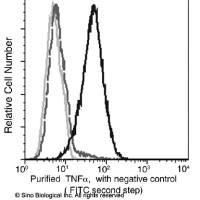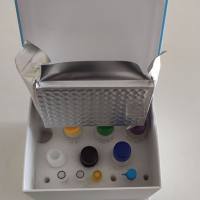The derivation of mouse embryonic stem cells (mESCs) from the inner cell mass (ICM) of mouse preimplantation blastocysts has provided tremendous opportunities in exploring mammalian development and pluripotent stem cell biology (Martin, Proc Natl Acad Sci U S A 78(12):7634–7638, 1981; Evans and Kaufman, Nature 292(5819):154–156, 1981). The progresses of mESC studies also enabled the subsequent establishment of human ESCs (hESCs) from human embryos (Thomson et al., Science 282(5391):1145–1147, 1998). However, it had been a long-standing mystery why mESCs and hESCs exhibit distinct differences in terms of self-renewal signaling dependence and cell culture behaviors, such as colony morphology and response to single-cell dissociation, although both of them are pluripotent. Recently, a novel type of pluripotent stem cells were isolated from the postimplantation egg cylinder-stage epiblasts of mouse and rat (Tesar et al., Nature 448(7150):196–199, 2007; Brons et al., Nature 448(7150):191–195, 2007), and were named epiblast stem cells (EpiSCs). Interestingly, mouse EpiSCs (mEpiSCs) closely resemble hESCs in respect of the colony morphology and self-renewal dependence. These results suggest that different pluripotent states exist during mammalian development: the mESC-like state representing the preimplantation ICM and hESC/mEpiSC-like state representing later epiblast cells. This chapter introduces methods of converting mEpiSCs back to mESCs through chemical approaches.






